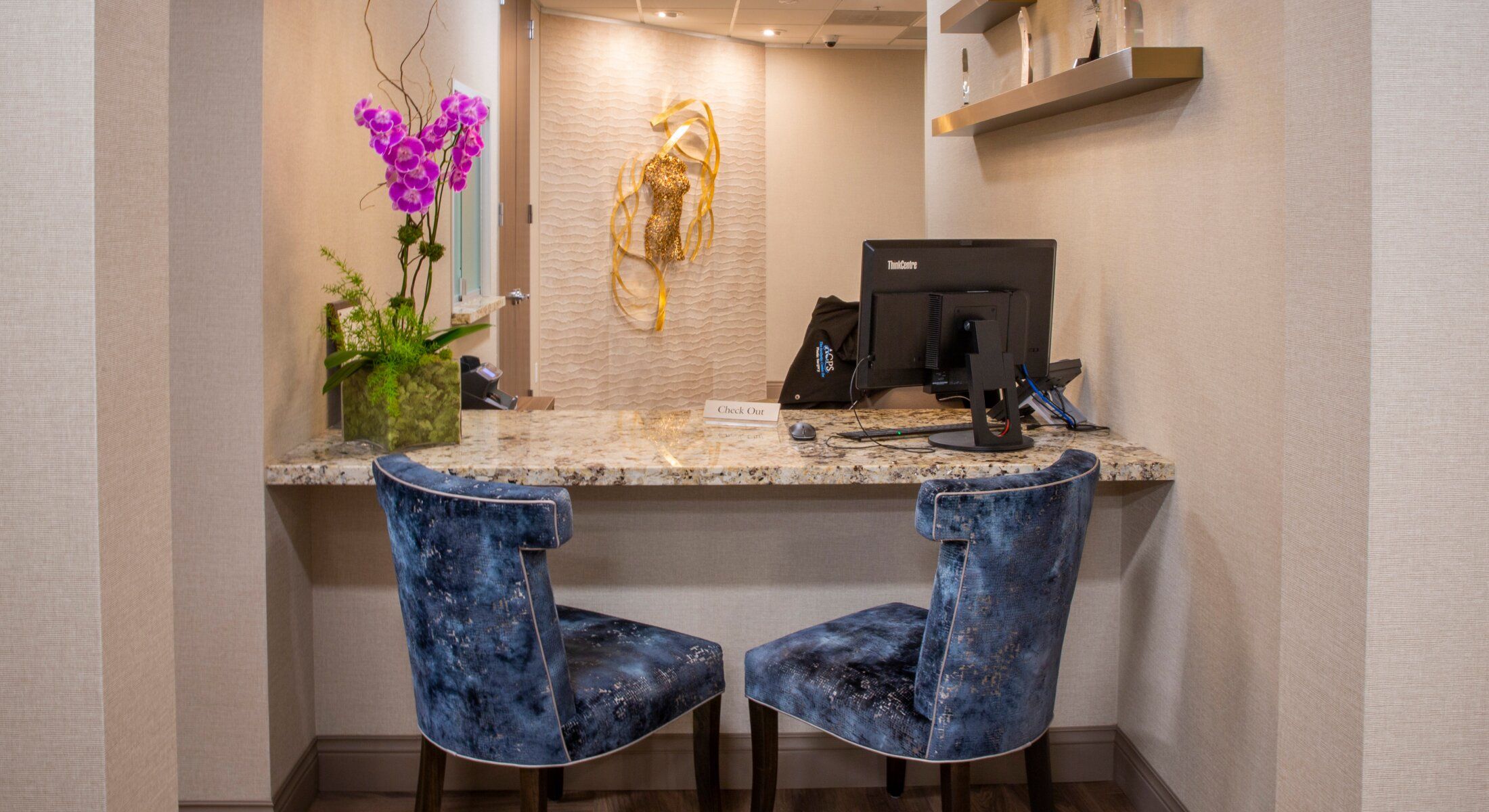




Wondering what to expect during your NeoGraft hair restoration journey? This step-by-step guide walks you through each phase of the NeoGraft experience, from preparing for your procedure to aftercare and recovery.
Careful planning is essential for a successful NeoGraft hair transplant. This involves selecting a qualified hair transplant surgeon, attending an initial consultation, and following pre-treatment guidelines to prepare for your procedure. You will also learn about the costs of hair transplant surgery and any available financing options. Careful planning and coordination with your surgeon ensure a seamless procedure and the best possible results from your NeoGraft hair transplant.
The initial consultation is a key step in your hair restoration journey. During this meeting, your hair transplant surgeon will assess your hair loss, review your medical history, and set realistic expectations for the results you can expect to achieve. The consultation is also an opportunity for you to ask questions and discuss your goals and concerns directly with your surgeon. Your surgeon will evaluate your candidacy for hair transplants, considering factors such as your hair type and your cosmetic goals. A personalized treatment plan will be developed based on your specific needs and goals.
Choosing the right NeoGraft specialist is vital to the success of your hair restoration. An experienced and board-certified hair transplant surgeon can handle different hair types and tailor the procedure to your individual needs, significantly influencing the success rate and your satisfaction with the results.
Your surgeon will also provide personalized advice on preparing for surgery and managing expectations during recovery.
Achieving the best possible results from your NeoGraft hair transplant requires good adherence to pre-procedure guidelines. Before your procedure, it's important to avoid alcohol and smoking. You'll also need to stop taking certain medications that could affect your healing and the success of the transplant - your surgeon will let you know which ones.
Your surgeon might also prescribe medications to help your body prepare for the surgery. Following all pre-procedure instructions closely helps ensure a smooth and successful hair transplant treatment.
Understanding the costs associated with NeoGraft hair restoration is vital for planning your procedure. In the U.S., the cost of NeoGraft hair restoration generally ranges from $2,000 to $15,000, depending on the extent of hair loss and the clinic’s location. Most patients require between 1,000 and 3,000 grafts for their first treatment.
While NeoGraft is considered a cosmetic procedure and is not covered by insurance, many clinics offer financing options with flexible budgeting to make the procedure more affordable.
You’ve found an experienced surgeon and planned out your journey—now it’s time for your NeoGraft procedure. Typically, the entire process can be accomplished within one day. However, if you require a large quantity of grafts, the procedure might involve a second surgical session. Here are the key steps you can expect on the day of your hair transplant.
When you arrive at the clinic, there will be a streamlined check-in procedure to ensure a smooth start. Your surgeon will prepare you for the NeoGraft procedure, and local anesthesia will be administered for your comfort.
Your surgeon will mark the treatment area to delineate where on your scalp the recipient sites are located. This allows them to make any needed adjustments before starting the grafting process. They will also clean the treatment areas to prepare for the transplantation stage.
During follicular unit extraction, your surgeon will use a pneumatic pressure wand to carefully and accurately harvest individual hair follicles from the scalp for transplantation. In men, these donor hairs are commonly taken from the back of the head, whereas women may have them harvested from various other regions on their scalp. The size of the extracted grafts is important, as larger grafts can lead to better results after they're transplanted.
You'll be lying down during the extraction, and there will be breaks throughout the process.
The next step involves determining and mapping out the optimal placement of harvested hair follicles in the recipient site. The harvested hair grafts are organized into categories according to their size—this includes groupings of single follicle units up through clusters containing four follicles each. Your surgeon will delineate specific insertion points for the harvested follicles in order to create a natural-looking growth pattern. Once this step is complete, the recipient areas are sanitized and anesthetized in readiness for receiving the hair grafts.
The NeoGraft device is then used to make punctures where the harvested follicles are precisely implanted. Experienced hair restoration surgeons conduct graft implantation at a swift rate, often transplanting between 500 to 2,000 grafts in one NeoGraft procedure.
It's important to take good care of yourself after your hair transplant – this is key to getting the results you're hoping for. You'll need to follow some specific aftercare instructions for the first few days and continue to adhere to your surgeon’s specific guidelines throughout the recovery period, which can take a few months.
Make sure to attend all of your follow-up appointments. These checkups let your surgeon see how you're healing, address any concerns, and ensure the best possible results.
Immediate Aftercare
Following your surgeon’s post-procedure care guidelines is crucial. To minimize swelling, keep your head elevated while sleeping, refrain from touching or scratching the transplanted region, and avoid vigorous physical activities, which can hinder the healing process.
You will be instructed to wait between 24-48 hours before washing your hair and handle it very gently during cleansing. Stay alert for signs of complications like heavy bleeding or signs of infection. Should any atypical symptoms arise, promptly reach out to your healthcare provider.
Initial recovery from your NeoGraft hair transplant will take about 7 to 10 days, and you'll go through different phases as you heal. Don't worry if you see some of your newly transplanted hair falling out at first – this is an expected aspect of the healing journey.
Over the next few months, you'll gradually start to see new hair growth. It'll take some time, but eventually, you'll see the full results of your procedure. NeoGraft results are meant to last, and your transplanted hair could even stay with you for life. In some cases, you might need another session or two to fill in smaller areas, but the majority of the transplanted hair will continue to grow and last just like your other hair.
It’s very important to attend all follow-up appointments after your hair transplant. These check-ups enable your surgeon to check on the progress of your recovery and resolve any issues that may arise. During these sessions, you will receive guidance for care and confirm that everything is proceeding smoothly towards an optimal outcome.
Understanding the cycle of hair growth following a transplant will help you maintain realistic expectations as your results emerge. After the NeoGraft procedure, your hair undergoes various stages, beginning with an initial shedding phase followed by a period when new hair begins to grow, culminating in your final results. This progression is completely normal - patience is key as your new hair grows in.
After a hair transplant, the loss of newly transplanted hair is an expected part of the normal hair growth cycle. Typically beginning around 4 to 5 days following the operation, this shedding period can span from several weeks to two months and may result in uneven-looking patches of hair. This is normal and temporary.
The hair then enters a dormant phase for two to three months. After this stage, new hairs will begin to sprout.
Around three to four months post-procedure, new hair begins to grow. Many patients start to see substantial growth of new hair around six months after the procedure. Initially, the emerging strands may seem fine or feathery but will gradually become denser and assume a more natural appearance.
It typically takes 9 to 12 months for your complete results to manifest. At this stage, the transplanted hair should integrate flawlessly with your existing hair, resulting in enhanced volume and a more robust appearance.
Within six months after transplantation, about 80 percent of the hair grafts are expected to have regrown at the site of the transplant.
Taking good care of your newly transplanted hair is essential for long-lasting results. Make sure you adhere to the post-procedure guidelines, protect your scalp from the sun, and avoid harsh hair styling products.
Eating a nutrient-rich diet and staying away from smoking and alcohol will also help keep your new hair follicles healthy and thriving.
To promote healing and ensure optimal results, avoid wetting your hair for the first 24 to 48 hours after the procedure. Gently clean the transplant area as recommended by your surgeon and use a mild shampoo regularly after the initial healing phase.
Use a wide-toothed comb to detangle your hair gently, avoiding harsh brushing that could disrupt transplanted follicles.
It's important to use gentle hair care products to avoid irritating those new hair follicles. Harsh chemicals and hot styling tools should be avoided to maintain the health and integrity of your transplanted hair.
To ensure the longevity and well-being of your hair, including the transplanted strands, you should regularly check the condition of both your scalp and hair. A diet rich in vitamins and minerals will help your hair stay healthy and lush. Applying all-natural hair masks can nourish your locks with vital nutrients, which is a key step in preserving the vitality of your transplanted hair and enhancing outcomes.
The NeoGraft procedure boasts a substantial success rate and carries minimal risk factors. While there is always some risk of complications, they are rare, as evidenced by a 94-percent customer satisfaction rating on RealSelf.
Nevertheless, being informed about the possible risks and knowing how to reduce them is key to a smooth recovery period.
Following a NeoGraft hair transplant, it is normal for patients to experience slight swelling, redness, and sensitivity in the affected area. These side effects are usually short-lived and tend to dissipate within several days. Early scab formation along with some temporary discomfort may also occur.
Bear in mind that these reactions are usually minor and typically subside as time progresses.
To minimize risks, it’s essential to follow your surgeon’s post-operative care instructions diligently. Proper care can significantly reduce the likelihood of complications. Selecting a skilled and experienced hair transplant surgeon is also important for minimizing the risks associated with the NeoGraft procedure.
While most side effects are mild and resolve on their own, it’s important to be aware of when to seek medical attention. Persistent or severe complications, such as excessive bleeding, signs of infection, or unusual pain, warrant prompt medical attention.
Early detection of potential risks and complications associated with NeoGraft hair transplantation is crucial for ensuring a safe and successful recovery.
Your NeoGraft hair restoration journey encompasses several phases, ranging from the initial prep work to the procedure. Aftercare and maintenance of your newly grown hair are key steps in your journey. Understanding these steps is vital for a seamless and effective process. This includes choosing an experienced surgeon, adhering strictly to instructions given before and after the surgery, and understanding how the hair growth cycle influences your outcome.
With diligent attention to care and time on your side, you can look forward to nurturing a lush head of hair that blends seamlessly with your existing hair, providing enhanced aesthetics and confidence for years to come.